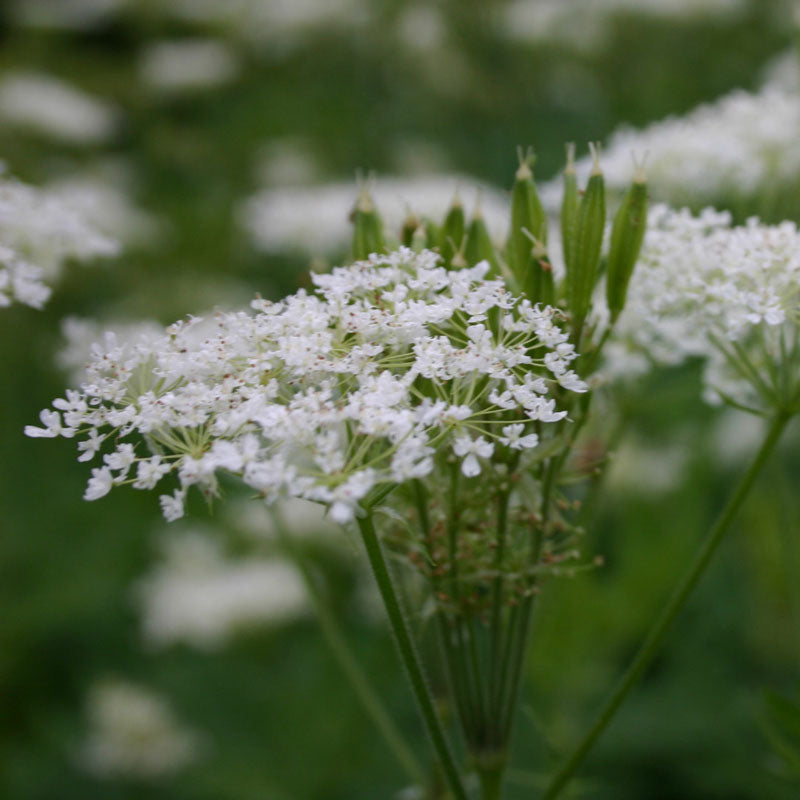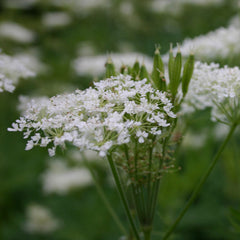

Sweet Cicely Root (Myrrhis odorata)
- $14.00 CAD
- $14.00 CAD
- Unit price
- per
50g, 100g, 250g
Couldn't load pickup availability
Parts used: Root
Properties
Antifungal, antimicrobial, antioxidant, aromatic, carminative, diuretic (mild), expectorant, laxative (mild), stomachic
Primary nutrients
Calcium, iron, potassium, vitamins A and C
Sweet cicely is rarely used in modern herbal medicine but has been valued as a medicinal herb in folk medicine for a long time.
Sweet cicely was traditionally used as a gentle stimulant for debilitated stomachs, for asthma and other breathing problems, for coughs, chest and throat complaints and for urinary tract disorders. It was also used as a blood purifier.
Traditionally, the roots and leaves were given as a general tonic for the elderly, and extracts of the herb were used to counteract anemia in adolescent girls.
In earlier times, the herb was considered an effective “blood purifier” and an ointment made from the root was applied to all kinds of wounds to promote healing.
Additionally, cicely was used during the Middle Ages as protection against the plague and a decoction made from the root was applied as a treatment for snake bites.
The herb has weak diuretic and laxative properties. Furthermore, it is thought to have an expectorant and antispasmodic effect and is considered to have blood pressure lowering properties.
The herb has great nutritional value and is supposedly good for digestion. The fruits, roots or leaves have been used to enhance appetite, as a mild disinfectant, and to reduce the formation of intestinal gas.
Primary Applications
Anemia
Asthma
Blood purifier
Breathing problems
Chest complaints
Coughs
Expectorant
Throat complaints
Tonic, general
Urinary tract disorders
Secondary Applications
Digestive
Disinfectant, mild
Diuretic, weak
Diuretic, mild
Flatulence
Laxative, weak
Snake bites
Wounds
50g, 100g, 250g
RELATED PRODUCTS
- Choosing a selection results in a full page refresh.


